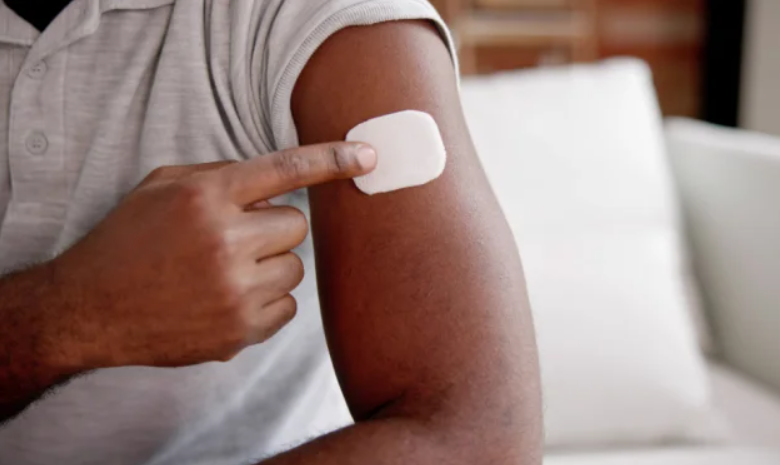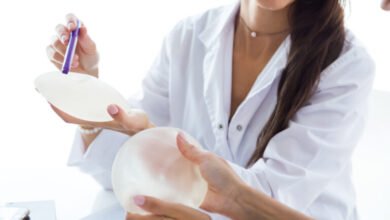The Role of Transdermal Patches in Promoting Sustainable Healthcare

In an era where the healthcare industry is increasingly focused on sustainability and environmentally responsible practices, transdermal patches have emerged as a pivotal solution. Pepin Manufacturing, a prominent player in the field of transdermal patch production, emphasizes the integral role these innovative products play in fostering environmentally conscious healthcare, yielding advantages for both patients and the planet.
Understanding Transdermal Patches
Transdermal patches are advanced medical devices designed to deliver medication directly through the skin into the bloodstream. As a non-invasive alternative to traditional oral medications and injections, these patches not only enhance the efficiency of treatment but also contribute significantly to the reduction of pharmaceutical waste, aligning seamlessly with sustainability goals within the healthcare sector.
Minimizing Waste Through Precision Delivery
A primary benefit of transdermal patches is their capacity to release medication in precise dosages. Unlike oral or injectable pharmaceuticals, which often lead to overuse and subsequent waste, transdermal patches address these challenges effectively. At Pepin Manufacturing, our production processes emphasize efficiency, resulting in patches that provide an accurate dosage of medication at specified intervals. This method not only minimizes pharmaceutical waste but also empowers healthcare providers to achieve superior treatment outcomes. Moreover, the sustained release of medication improves patient adherence, thereby enhancing overall therapeutic success.
See also: How Technology is Changing the World of Custom Keychains
Enhancing Patient Adherence
Successful treatment hinges on patient compliance. Transdermal patches simplify medication delivery for individuals who may struggle with traditional forms or complex dosing schedules. By bolstering adherence, these patches reduce the need for additional medical interventions, contributing to a more sustainable healthcare model. The decrease in follow-up visits and prescribed medications further lessens the environmental impact associated with patient care, thereby advancing eco-friendly initiatives.
Commitment to Sustainable Materials and Production
At Pepin Manufacturing, our commitment to sustainability is deeply embedded in our entire production cycle. As an innovative manufacturer of transdermal patches, we prioritize eco-conscious practices by sourcing sustainable materials and minimizing energy consumption throughout our manufacturing processes. Our waste reduction strategies are fundamental to our operational philosophy, ensuring that every facet of production aligns with our commitment to environmental stewardship. This approach not only meets consumer demand for green products but also reinforces our dedication to sustainable practices.
Innovations in Transdermal Technology
The future of transdermal technology holds significant promise for enhancing healthcare sustainability. Ongoing research into biodegradable materials and advanced drug delivery systems reflects a commitment to progressive development. Pepin Manufacturing is at the forefront of these innovations, focusing on solutions that are both effective and sustainable, all while prioritizing patient needs. Our dedication to research and development highlights our pursuit of continuous improvement, solidifying our position as leaders in environmentally responsible healthcare innovation.
The Significance of Transdermal Patches in Sustainable Healthcare
Transdermal patches represent more than a convenient delivery method; they signal a substantial advancement in sustainable healthcare. By reducing waste, enhancing patient adherence, and utilizing environmentally friendly materials and manufacturing processes, they epitomize the synergy between innovation and environmental stewardship. As a leading transdermal patch manufacturer, Pepin Manufacturing takes pride in our role in the transformative development of transdermal patch production. Our objective is to deliver solutions that not only meet therapeutic needs but also contribute to the overarching aim of sustainability.
By integrating transdermal patches into healthcare practices, the industry has the potential to foster a greener and healthier future, benefiting current patients while safeguarding the environment for generations to come.



